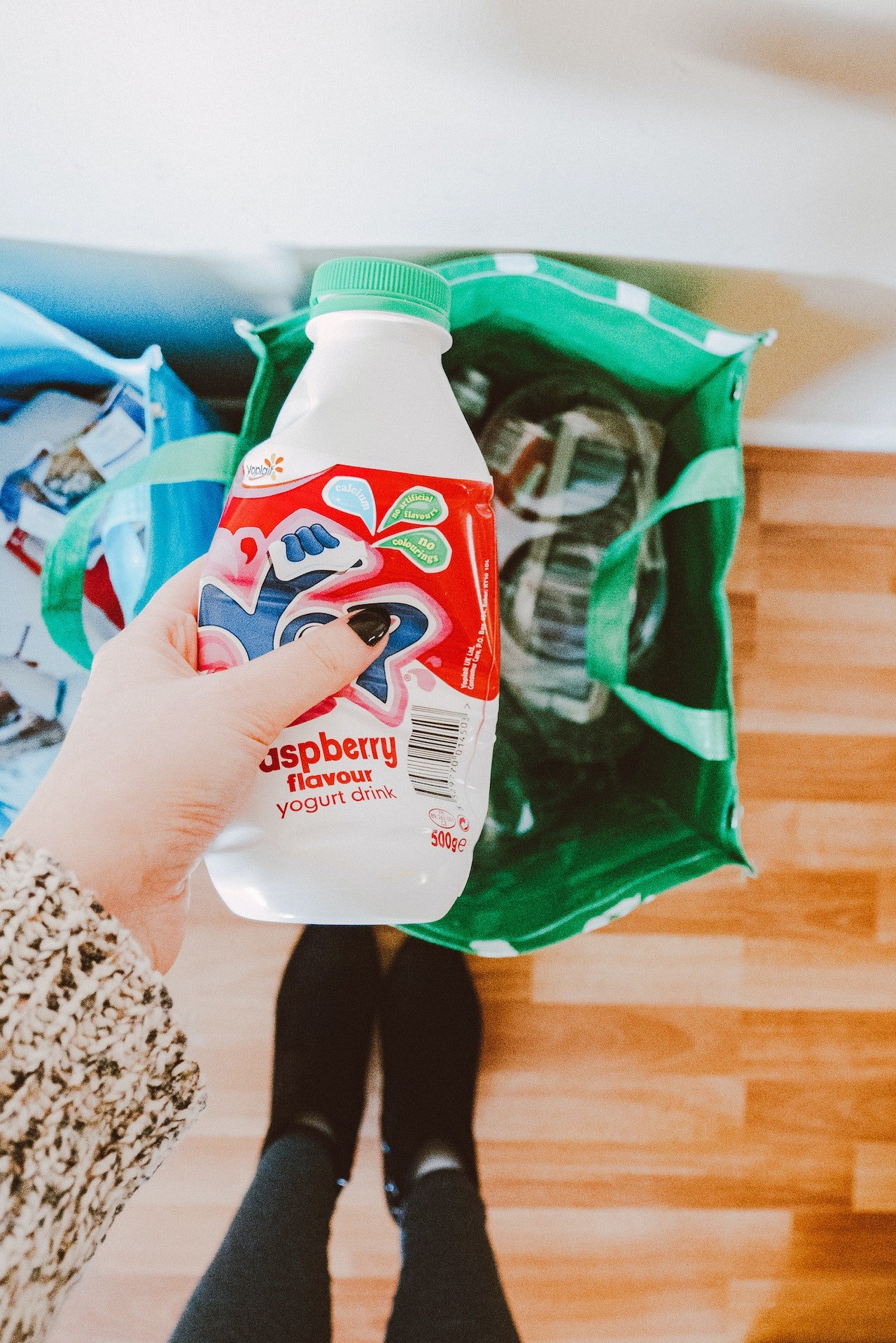Celebrate Plastic Free July with these helpful tips: 30 Impactful (& Totally Do-able) Tips for Plastic-Free Living.
~
It is everywhere in the media.
The recent cover of National Geographic reads, “Planet or Plastic?” We have a planetary plastic waste crisis, and marine animals, especially, are paying the consequences. The viral photograph by Justin Hofman of a seahorse holding a cotton swab, which was taken on the Indonesian archipelago, is almost impossible to forget. Or perhaps you’ve read the report of a young sperm whale found on a beach in Spain with 64 pounds of waste in her belly. Most of it was…you guessed it, plastic.
Our consumption of and dependence on plastic items are out of control. Plastic products take forever to decompose, literally. It is estimated that a standard polyethylene bag (plastic shopping bag) can take from 450 to 1,000 years to break down in landfills. But, even then, scientists say that the bags don’t really disappear. Instead, they photodegrade, meaning they turn into microscopic particles that can end up anywhere.
“What about recycling?” you may ask. Recycling is good. It helps us conserve our natural resources, reduces energy consumption, cuts greenhouse gases, and decreases pollution, among other things. Unfortunately, according to some research, of the 18.2 trillion pounds of plastic products manufactured between the 1950s and 2015, only about nine percent of plastic waste was recycled.
All of us—animals and human beings alike—have a strong instinct to live. In the U.S., most of us strive not only to survive but to live comfortably. Plastic products exist for every possible need we can have or imagine, including single-use plastics—all for our convenience; such as, eating utensils, disposable cups, plastic food containers, plastic food storage bags; even cleaning wipes have some plastic in it. Yes, those we use for the face, the tushy, the car, and so on.
A lot of the wipes mentioned above are made with polyester or polypropylene, which are plastic resins; the United Kingdom is taking measures to ban them. Most of us don’t want to make our own disinfectant or mix a cleaning solution like in old times. But every time we purchase one of these products, we create a demand that has contributed to the current crisis. A report from the Center for Biological Diversity estimates that, in just the Los Angeles area, 10 metric tons of plastic fragments (that is, plastic bottles, plastic bags, and straws) enter the Pacific Ocean daily.
Is this information enough to spark a desire to change your lifestyle? If so, one tool is mindfulness, “moment to moment awareness without judgment.” With mindfulness, we can become more aware of our individual consumption habits. And we need to take the “without judgment” part seriously—all of us make mistakes along the way. The main thing is to set an intention to make a difference and then take action on behalf of the planet and all living beings.
Did you know that some people have a zero-waste lifestyle? In other words, they don’t throw away anything they purchase but rather reuse it. Amazing! Maybe you can’t go that far, but you can train your attention and practice a specific mindfulness skill called S.T.O.P., developed by Jon Kabat-Zinn, when you are offered a plastic product at a restaurant, especially plastic straws, or whenever you’re about to buy a plastic item.
How to practice the S.T.O.P. technique:
S—Stop. Before you place an item in your shopping cart, pause silently for a moment.
T—Take a deep breath, more if you can. Be aware of the present moment.
O—Observe. Notice what is happening inside and outside of you (thoughts, feelings, emotions, and even body sensations), then ask yourself three questions about the item you’re thinking of buying:
1) What is it made of?
2) Is it good for the environment (if disposed and/or not recycled)?
3) Is it necessary? Do I really, really need it?
After you’ve briefly reflected on these questions, then:
P—Proceed, with awareness. Use your reflection on the questions to decide if you want to purchase the item or not.
Pausing mindfully in this way can make us aware of our attachment to convenience and how it affects our animal friends, and our future generations as well.
The S.T.O.P. technique can be practiced anywhere. Besides helping the environment, it might even help you to save some money!
Start with yourself, then you might be inspired to spread the word to your immediate family, your extended family, friends, community, and the larger world.








Read 7 comments and reply